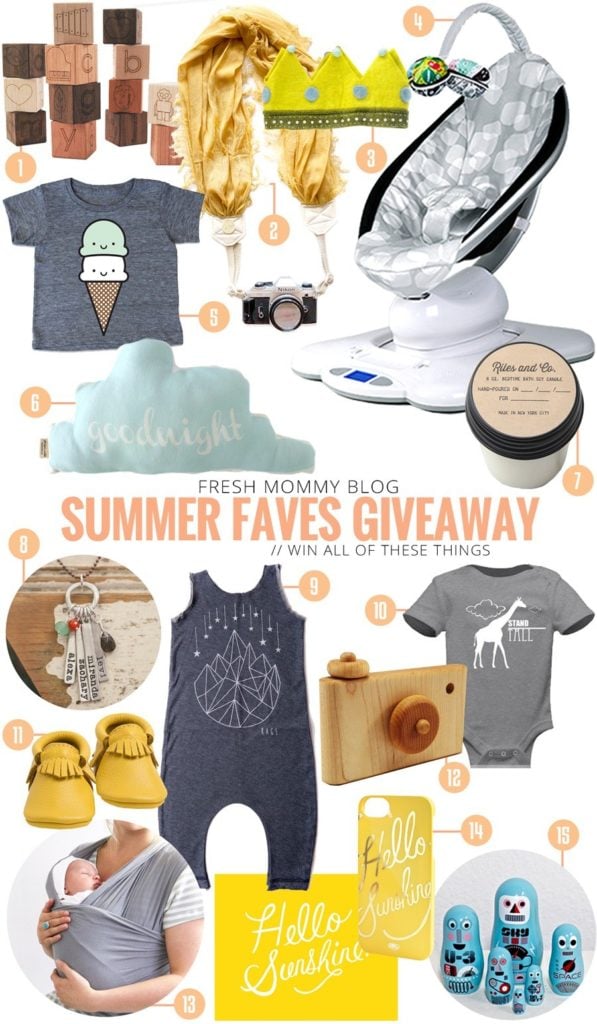Getting the most value from your marketing campaign means making it accessible to as many people as possible. If you want the most sales, sign ups, or entries, you have to spread your message.
A quick disclaimer: While it’s possible for a campaign to go viral, don’t depend on it. There are just too many variables at play to make something go viral, and many of them are out of your control. If you have to reach a million people to make any money, you should rethink your strategy.
[Tweet “Getting the most value from your campaign means making it accessible to as many people as possible.”]
However, you can’t wait for people to find you. You have to take steps to promote your campaign. Hopefully you defined these tactics back when you planned your marketing campaign, but if you didn’t, you’ll have to take some basic steps to get the word out.
1. Share with your own subscribers and fans
Your first step is to share your promotion with the people who are most likely to take action: Your subscribers and fans.
People who have joined your email list or followed your social media profiles have already made a connection with your brand. They are the low hanging fruit. In most cases, they will make up the bulk of your sales or participants (which is why it’s so important to get people on to your email list and following you on social media).
Keep your messaging to these people short and packed with value. Don’t take up too much of their time and don’t burden them with unnecessary details. Your fans and subscribers already know who you are and what you’re about, so stick to language and imagery that talks about how the promotion benefits them.
Post regularly on social media. Change your Facebook and Twitter header images so people understand that your promotion is a big deal. Use high quality imagery for your social posts so they catch your fans’ eyes as they scroll through their feeds.
Don’t forget to update your fans about your promotion. Remind them how many days are left, how many people have entered, clever/funny/insightful entries, any changes to the promotion, etc.
Use hashtags wherever appropriate to capture a wider audience. If any other brands are part of your promotion, tag them so they are aware of the post and can comment on it or share it.
Since these people are most invested in your brand, they’re also more likely to share your promotion to their friends. Make sure to make sharing accessible. If possible, incentivize sharing.
Always use a URL with UTM parameters so you can track the effectiveness of your email campaigns and social media posts.
2. Share your promotion all over your website
You have total control of your own website, so take advantage of it. Post your promotion as many places as possible (without disrupting the website’s functions).
Place text, images, and buttons that link to your campaign’s landing page. Here are some places you can put them:
- The sidebars of pages and blog posts
- Within the copy of a blog post (write a post specifically for the campaign)
- Overlays or pop-up notifications across your entire website
- Calls to actions at the end of articles or pages
- A large hero/header graphic on your home page
Check through your analytics to identify pages where traffic comes in. For example, if you focus heavily into content marketing, you’ll probably notice that most of your traffic comes in through your blog pages, not your product pages, category pages, or home page. Make sure your campaign is promoted on these pages to capture visitors.
3. Start a paid advertising campaign
The beauty of paid advertising is that with proper targeting you can put your ads in front of people who are most likely to click. If your only store sells trendy handbags for women, would you want to show your ad to older men? Of course not! That demographic is unlikely to buy, so your money is better spent showing ads to people who care about your promotion.
The only worthwhile platforms to purchase paid ads are Google and Facebook. On Google, you can buy AdWords ads that appear when people search for specific keywords. You can also buy advertising space on Google Shopping, which is great for retailers. Both Facebook and Google have advanced targeting features so you can show ads to the right people.
On Facebook, you can show advertising in several different ways on their desktop and mobile platforms.
Image: Automotive Socal / Flickr
Paid advertising is an exceptional tool that you should explore, but you must be careful. If you jump in too quickly without much experience, it’s possible to waste a lot of money.
Start small. Invest a few dollars, examine the results, optimize your ads and try again. Once you’re comfortable with the return you’re getting, scale up. But again, do so slowly. Don’t jump from a $100 spend to a $10,000 spend. Work your way upwards until you’re comfortable with paid advertising.
4. Set up cross-promotions
A cross promotion is when you partner with another brand to help share your campaign. By working with another business, you can leverage each other’s audiences and reach, thus expanding the size of your campaign. For example, Samsung asked other Facebook pages to promote their campaign and collected 150,000 Facebook likes and 20,000 email addresses.
For example, Brand 1 has 10,000 fans and Brand 2 has 15,000 fans. If both brands are included in the campaign, together they can reach 25,000 people, which is a big improvement for both.
What’s more, now there are two brands actively promoting to help the promotion succeed, so that number is likely to reach even higher. You’ve probably seen online giveaways sponsored by dozens of brands to inflate the campaign’s reach as much as possible.
This image from a Fresh Mommy Blogger giveaway shows how multiple brands worked together to promote each other.
Typically, you should arrange cross promotion opportunities during the planning stage of your campaign. If you have to create any web page, copy, or imagery assets, you’ll want to know if other brands are included. Knowing who will help you promote also helps you organize proper URLs.
5. Visit the places your audience hangs out
Hopefully you have a clear understanding of your prospective buyers and their problems. Armed with that information, you should go to the places they visit online.
Let’s say your campaign is directed at attorneys in high-end law firms. Where do those people spend time? LinkedIn groups, maybe. Or maybe there’s a particularly popular legal forum where they ask each other questions. Those are excellent places to spend time, add value, and promote your campaign.
What if your campaign is targeting young people who like gag gifts? Snapchat is a good location to find those people. It would be smart to create an account and start interacting.
There are thousands if not millions of niche communities all over the web for people’s work, hobbies, and lifestyles. Ask your ideal customers what websites and communities they like and then go to those places. Try to add as much value as possible, but feel free to drop your campaign link.
The final takeaway
The best campaigns find unique ways to promote. Don’t be afraid to experiment or try new things. Use provocative ad copy. Post your campaign in an unusual place. Write an incendiary blog post. Capitalize on an event that’s trending on social media.
If a promotion technique doesn’t work for you, tweak it and try again, or try something new. If something works, double down and reap the benefits. If you know your customers well, your promotion techniques should be obvious.


